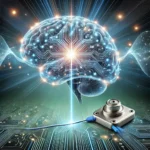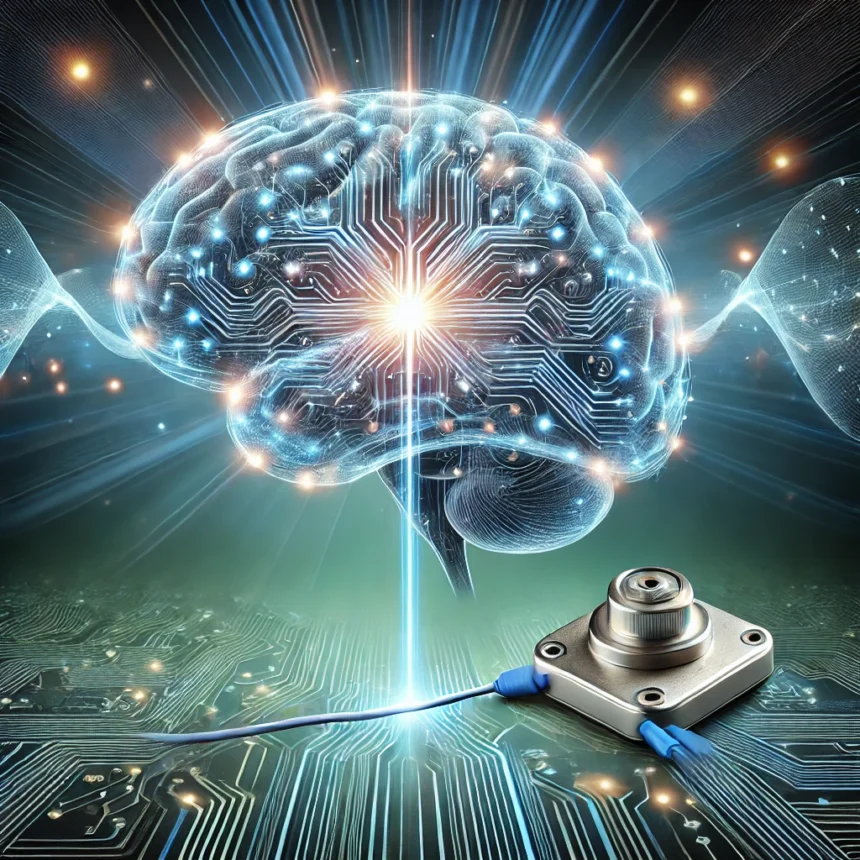Revolutionising Parkinson’s Treatment: The Breakthrough of Adaptive Deep Brain Stimulation
How Personalised DBS and Adaptive Therapies are Changing Lives
Parkinson’s disease is a progressive problem in the brain that affects millions of people worldwide. It causes tough symptoms like shaking, stiffness, and moves that are slow. There are treatments available, such as medications and traditional deep brain stimulation (DBS), which help a bit, but they still have limits. However, adaptive deep brain stimulation (aDBS) is a big new idea. It provides a personalized, real-time way to help manage Parkinson’s symptoms. Let’s talk about how aDBS is changing lives and shaping the future of Parkinson’s care.
Understanding Parkinson’s Disease
The Tough Symptoms of Parkinson’s Disease
Parkinson’s disease happens because cells in the brain that create dopamine start to break down over time. This leads to problems like:
- Tremors: The hands shake a lot and it’s hard to stop.
- Stiffness: Muscles get tight and make moving tough.
- Bradykinesia: Movements slow down, making everyday tasks hard.
- Balance Problems: It’s easy to fall and hard to walk properly.
Right now, treatments mainly try to help with the symptoms. This includes medications like levodopa/carbidopa to increase dopamine and conventional DBS to send electric signals to certain parts of the brain. But there are challenges, so we need adaptive therapies like aDBS.
The Limits of Conventional DBS
Why We Need Personalized Parkinson’s Treatment
Even though conventional DBS is helpful, it has several problems:
- Constant Stimulation: DBS keeps stimulating the brain non-stop, which can cause too much stimulation and not work as well over time.
- Medication Problems: People may need to change medications to avoid side effects like moving too much without control.
- Side Effects: Some people might feel mood changes, have trouble speaking, or face other problems because of the constant stimulation.
These issues show the need for a treatment that can change in real-time based on what each person’s brain needs.
Introducing Adaptive Deep Brain Stimulation (aDBS)
The Future of Parkinson’s Care: Adaptive DBS
Adaptive deep brain stimulation (aDBS) is a big step forward for treating Parkinson’s. Unlike traditional methods, aDBS uses machine learning and watches brain activity to change how much it stimulates. Here’s how it works:
- Real-Time Monitoring: Sensors notice changes in brain activity, like beta waves that are linked to Parkinson’s symptoms.
- Targeted Stimulation: It gives electric stimulation only when it’s needed, which helps avoid too much stimulation and fewer side effects.
- Personalization: aDBS adjusts to each person’s brain activity, making treatment more precise.
By focusing on areas like the subthalamic nucleus and sensorimotor cortex, aDBS gives stimulation where and when it’s most helpful.
Promising Studies and Findings
Good News from Recent Adaptive DBS Trials
Recent studies show that aDBS is not just an idea—it really works and provides great results:
- A study by the National Institutes of Health (NIH) shows that aDBS cuts down motor symptoms and makes life better for patients.
- Unlike traditional DBS, aDBS doesn’t increase risks of feeling sad, anxious, or other mental health problems.
- People have fewer side effects and better symptom control than with conventional DBS.
While these results are promising, more big and varied clinical trials are needed to prove the long-term benefits of aDBS.
Emerging Therapies in Parkinson’s Disease
New Treatments on the Horizon
While aDBS is a big breakthrough, it’s not the only new treatment for Parkinson’s. Other exciting therapies are:
- Carbidopa/Levodopa Extended-Release Capsules: Approved by the FDA for steady symptom relief.
- Tavapadon and Solengepras: These drugs are in Phase III trials and might improve motor function.
These new therapies, along with aDBS, offer hope for a more complete and better approach to treating Parkinson’s disease.
Gene Therapy and NAD Replenishment
Advanced Treatments for Parkinson’s
Beyond medications and DBS, scientists are looking at new ideas like gene therapy and NAD replenishment:
- Gene Therapy: AB-1005 is a gene therapy that is safe in early trials and moving to Phase II studies.
- NAD Replenishment: This aims to make cell energy levels better, helping protect brain cells from damage.
These new therapies could work well with aDBS, offering multiple ways to fight Parkinson’s disease.
Conclusion
A Bright Future for Parkinson’s Treatment
Adaptive deep brain stimulation (aDBS) is set to change Parkinson’s treatment with its personalized, real-time way of managing symptoms. By adjusting based on brain activity, aDBS fixes problems with traditional DBS, giving better control of symptoms and fewer side effects.
As research keeps going, aDBS might become a standard option, greatly changing the lives of millions with Parkinson’s disease. With new therapies like gene therapy and NAD replenishment, the future of Parkinson’s care looks bright.
Call to Action
Support Research and Check Out Adaptive Parkinson’s Treatments
If you or someone you know has Parkinson’s disease, think about trying adaptive DBS and other new treatments. Supporting research and trials is important to help these ideas grow. Here are some places to learn more:
- Parkinson’s Foundation: www.parkinson.org
- Michael J. Fox Foundation: www.michaeljfox.org
- ClinicalTrials.gov: Look for ongoing Parkinson’s studies in your area.
Together, we can help make progress and bring hope to those fighting Parkinson’s disease.
By embracing innovations like adaptive deep brain stimulation, we can treat symptoms better and transform lives. Let’s keep pushing the limits of what’s possible in Parkinson’s care with personalized DBS and adaptive therapies.















